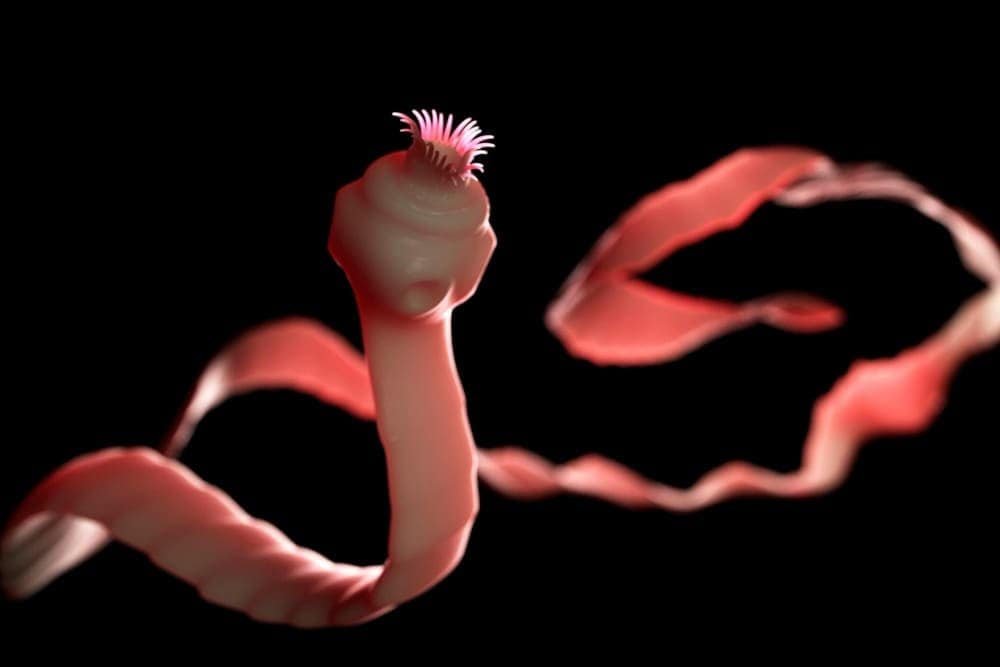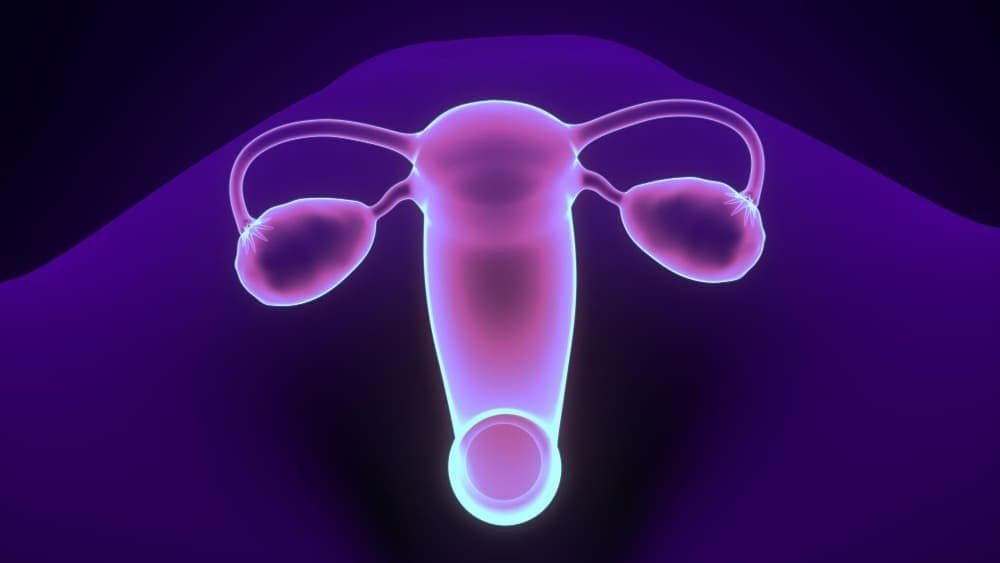Ever wondered why your periods are suddenly heavier or your abdominal pain seems to get worse every month? Stage 4 adenomyosis could be the answer. Let’s break down the signs, symptoms, and what you can do about them.

What is Adenomyosis and Why Do Stages Matter?
Adenomyosis is a condition that affects the uterus, causing the tissue that normally lines the uterus (endometrium) to grow into its muscular wall. This can lead to pain, discomfort, and a wide range of menstrual and pelvic issues. Adenomyosis is common among women in their 30s and 40s, but it can affect younger or older women too.
Stages of adenomyosis reflect how deeply the tissue has invaded the uterine wall and how much of the uterus is affected. Stage 4 is considered the most advanced form, involving severe symptoms and significant uterine changes.
Key Differences: Mild vs. Advanced (Stage 4) Adenomyosis
In mild or early stages, the symptoms might be subtle—maybe just mild cramps or a slightly heavier period. But in advanced stage of adenomyosis (stage 4), the changes are much more serious:
- Deep invasion of endometrial tissue into the uterine muscle
- Enlarged uterus (it can even feel like a pregnancy tummy)
- Heavy menstrual bleeding (menorrhagia)
- Chronic pelvic pain and severe abdominal pain
- A wide range of symptoms that may disrupt daily life
Women with stage 4 adenomyosis often experience a range of difficult, sometimes debilitating symptoms. But what exactly should you look out for?
What Are Adenomyosis Stage 4 Symptoms?
Stage 4 adenomyosis brings some of the most severe symptoms of this condition. If you’re experiencing these, it’s essential to seek medical advice and explore your options.
1. Intense and Chronic Pelvic Pain
Pelvic pain is one of the most common complaints. In advanced adenomyosis, the pain can become chronic, sharp, and even spread across the lower abdomen. This pain may get worse during menstruation but can also occur outside your period.
2. Heavy and Prolonged Menstrual Bleeding
Menorrhagia (heavy periods) is a classic sign. Some women experience bleeding so heavy that they need to change pads or tampons every hour for several days. There may also be prolonged bleeding lasting longer than a typical period, as well as spotting between cycles.
3. Severe Abdominal Cramps
Cramping becomes much more intense and long-lasting. Dysmenorrhea (painful periods) in stage 4 can include deep, stabbing pains that don’t respond well to regular painkillers.
4. Painful Intercourse (Dyspareunia)
Many women with advanced adenomyosis report pain during or after sexual intercourse. This pain can be deep and lingering, sometimes affecting intimate relationships.
5. Fullness, Bloating, and Pressure
The uterus can become noticeably enlarged in stage 4, leading to a feeling of fullness, bloating, and even visible tummy swelling. Some describe it as a “pregnancy-like” abdomen, and you might notice your clothes feeling tighter around your waist.
6. Abnormal Bleeding and Spotting
Unusual bleeding patterns, including passing large blood clots, spotting between periods, or bleeding after intercourse, are common. This abnormal bleeding can be distressing and unpredictable.
7. Fatigue and Weakness
Losing a lot of blood each cycle can cause anemia, leading to persistent fatigue, tiredness, and sometimes shortness of breath.
8. Pain or Difficulty When Passing Urine or Stool
Because the uterus is enlarged and inflamed, it may press on the bladder or rectum, causing pain when passing urine or having a bowel movement.
9. Infertility and Reproductive Issues
Stage 4 adenomyosis can interfere with fertility, leading to difficulty conceiving, increased risk of miscarriage, or even pregnancy complications.
10. Other Possible Symptoms
Some patients also report nausea, vomiting, back pain, or leg pain during periods, as the discomfort radiates from the pelvis.
Why Do Symptoms Get Worse in Stage 4?
The symptoms are worse in stage 4 because the disease is more extensive. The uterine wall becomes thickened and inflamed, causing increased pressure, pain, and abnormal bleeding. Over time, this can lead to complications, including cystic lesions, severe dysmenorrhoea, and even risk of carcinoma (cancer) in rare cases.
What Makes Stage 4 Adenomyosis So Challenging?
- Increased size and weight of the uterus
- Widespread lesions across the uterine muscle
- Multiple cysts or thick thread-like areas within the muscle
- Risk of forming cystic or advanced lesions involving the pelvic organs
The condition can also mimic other diseases, like endometriosis or even uterine cancer, making diagnosis more complex.
How Is Adenomyosis Stage 4 Diagnosed?
Diagnosis usually involves:
- Detailed patient history about pain, bleeding, and other symptoms
- Pelvic examination to feel for an enlarged, tender uterus
- Ultrasound or MRI to visualize the thickness of the uterine wall, presence of cysts, or abnormal tissue
- In rare cases, additional tests may be needed to rule out carcinoma, cystic conditions, or even cancer.
Dr. Samir Abdel Ghaffar uses advanced imaging and minimally invasive techniques for accurate diagnosis, avoiding unnecessary surgery whenever possible.
Living with Stage 4 Adenomyosis: How Does It Affect Daily Life?

Women with advanced adenomyosis often feel isolated, frustrated, and exhausted by constant pain and heavy bleeding. The impact can extend to work, relationships, social life, and even mental health.
Fatigue, chronic pain, and discomfort can lead to time off work, difficulty caring for children, or avoiding social activities. The feeling of “something being wrong inside” is common.
Sexual relationships may be strained due to dyspareunia (painful intercourse). Some women avoid sex altogether, which can affect intimacy and emotional wellbeing.
Fertility struggles and concerns about pregnancy, miscarriage, or the risk of carcinoma add to the emotional burden.
What Are the Risks of Untreated Advanced Adenomyosis?
Ignoring or delaying treatment for stage 4 adenomyosis can lead to:
- Severe anemia from ongoing blood loss
- Infertility or complications during pregnancy
- Emotional distress and reduced quality of life
- Chronic pelvic pain that becomes harder to manage over time
- Increased risk (though still rare) of developing uterine cancer (carcinoma)
The earlier you get a diagnosis and start treatment, the better the outcome. ⏰
What Treatment Options Are Available for Stage 4 Adenomyosis?
1. Medications
- Hormonal therapies: Pills, patches, or injections can help control heavy bleeding and reduce pain, though they may not be effective in advanced cases.
- Pain relief: Nonsteroidal anti-inflammatory drugs (NSAIDs) can ease discomfort but often aren’t enough alone.
- IV medications: In hospital settings, IV treatment can help manage severe pain or bleeding quickly.
2. Non-Surgical Options (Uterine Catheterization)
Dr. Samir Abdel Ghaffar specializes in uterine artery embolization—a minimally invasive procedure that blocks blood supply to the affected tissue, reducing symptoms without removing the uterus. This is an excellent option for women who want to avoid hysterectomy and preserve fertility. 🌷
3. Surgical Treatments
- Hysterectomy: Removing the uterus is a last resort, usually for those who have finished having children and have not responded to other treatments.
- Other surgeries: In rare cases, surgery may remove specific lesions or cysts, especially if cancer is suspected.
4. Lifestyle Changes and Support
- Diet and exercise: Maintaining a healthy weight and regular exercise can reduce some symptoms.
- Support groups: Connecting with others facing adenomyosis can offer valuable advice and emotional support.
What About Pregnancy and Fertility?
Adenomyosis, especially in stage 4, can make pregnancy challenging but not impossible. Some women may require fertility treatments, and close monitoring during pregnancy is essential. Always consult with a gynecologist or interventional radiology consultant for guidance.
When to See a Doctor
If you have heavy periods, severe pelvic or abdominal pain, chronic fatigue, or suspect you have symptoms of adenomyosis, see a doctor as soon as possible. Early diagnosis and the right treatment plan can make a big difference in your quality of life.
Final Thoughts: Living Well with Stage 4 Adenomyosis
Advanced adenomyosis can be life-altering, but you’re not alone. With proper diagnosis and the right treatment, you can manage even serious symptoms and take back control of your life.
🌟 Dr. Samir Abdel Ghaffar and his team offer non-surgical, innovative treatments that target the root cause—helping you avoid unnecessary hysterectomy and feel better sooner. Reach out, ask questions, and don’t settle for less than the care you deserve. 💬
Quick FAQ: Adenomyosis Stage 4
Q: Can stage 4 adenomyosis lead to cancer?
A: The risk is low, but advanced cases require close monitoring for rare changes like carcinoma.
Q: Is it possible to get pregnant with stage 4 adenomyosis?
A: Yes, but it can be harder. Fertility support and treatment may be needed.
Q: Do I need a hysterectomy?
A: Not always! Many women find relief with non-surgical options like uterine artery embolization.
Q: How do I know if I have adenomyosis or endometriosis?
A: Symptoms can overlap, but advanced imaging and specialist diagnosis are key.
Ready to learn more or book an appointment? Contact Dr. Samir Abdel Ghaffar’s clinic to explore your options and find the best solution for your health. 😊

 العربية
العربية 

